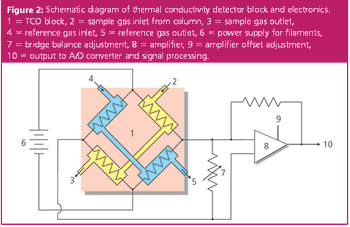
LCGC Europe
Higher productivity and faster analyses are two of the driving forces for continued improvement in high performance liquid chromatography (HPLC) column technology. Reduction in the average particle size of HPLC porous column packings below 2 ?m has resulted in sub-1.0 min separations in the gradient and isocratic modes. In this instalment of "Column Watch", Ron Majors traces the development of particle technology from the beginning of HPLC to the present, discusses why small particles are desirable, and probes some of the difficulties to be encountered, including extracolumn band broadening, pressure restrictions, and instrumental considerations. Finally, he shows a wide variety of fast- and ultrafast applications examples from commercial products in the sub-2 ?m range. Speculation on future directions in HPLC in particle technology concludes the column.





